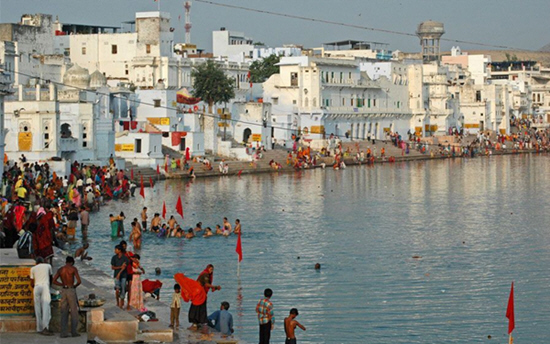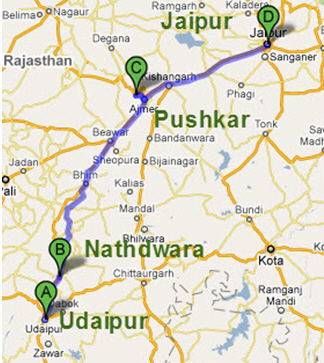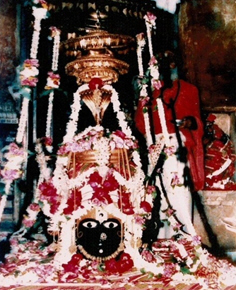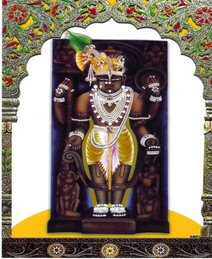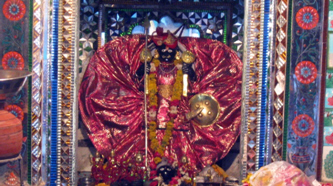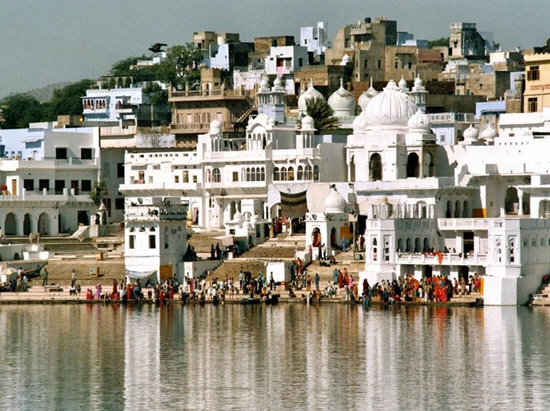
Mahabharata says- The holy place of Lord Vishnu, Pushkar-tirtha, renowned in the three worlds, is situated on this earth. Fortunate souls can enter that place. O son of the Kuru dynasty, at Pushkar billions of tirthas gather at sunrise and sunset. Simply taking bath at Pushkar destroys sin of both men and women, including the sin that caused their birth. As Madhusudana is the original God, so Pushkar is the original tirtha.
The Mahabharata says that while laying down a program for Maharaja Yudhishthara’s travel, “Maharaja after entering the Jungles of Sind and crossing the small rivers on the way should bathe in Pushkara”.
In the Mahabharata, while describing to Bhisma, the grandfather of the Pandavas, the glories of many tirthas, or holy places of pilgrimage, the sage Pulastya mentions Puskar Tirtha first. He says that Puskar is famous throughout the universe and anyone who goes there becomes as exalted as Lord Brahma. Among various blessings obtained by bathing at Pushkar: one may be elevated to the heavenly planets, even the planet of Lord Brahma.
Later when after Brahma had empowered Puskar to grant these extraordinary blessings, some of the devas, or demigods, complained to him that he had made it too easy for people to attain the heavenly planets. They feared that people would neglect their religious duties and the earth would be plagued with irreligion and its consequences. Lord Brahma conceded and proclaimed that from that time on, the boon of elevation to heaven by bathing at Puskar would be granted only during the last five days of the month of Karttika (October–November). Today tens of thousands of people visit Puskar during that period, and a great festival takes place.
As per Vaman Purana, Prahlada on his pilgrimage to holy places visited Pushkarayana.
The Ramayana mentions that Vishwamitra performed penance at Pushkar Lake for thousand years. Inspite of Brahma appearing before him and granting him the higher status of a rishi instead of a royal-sage (rajarishi), Vishwamitra continued his penance, but, the apsara, Menaka came to the lake to take a bath. Vishwamitra was enamored by her beauty and they decided to live together in pursuit of pleasure for ten years. Then, Vishwamitra realized that his main activity of penance was disturbed. He, therefore, took leave of Menaka and went away to the north to continue his meditation.
Srimad-Bhagavatam (12.12.61) states, “One who controls his mind, fasts at the holy places Puskar, Mathura, or Dvaraka, and studies this scripture will be freed from all fear.”
